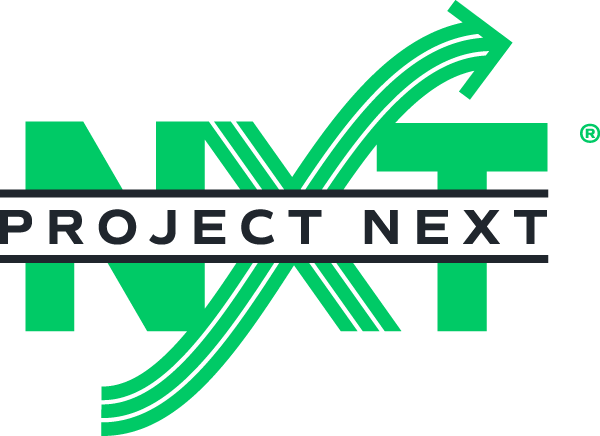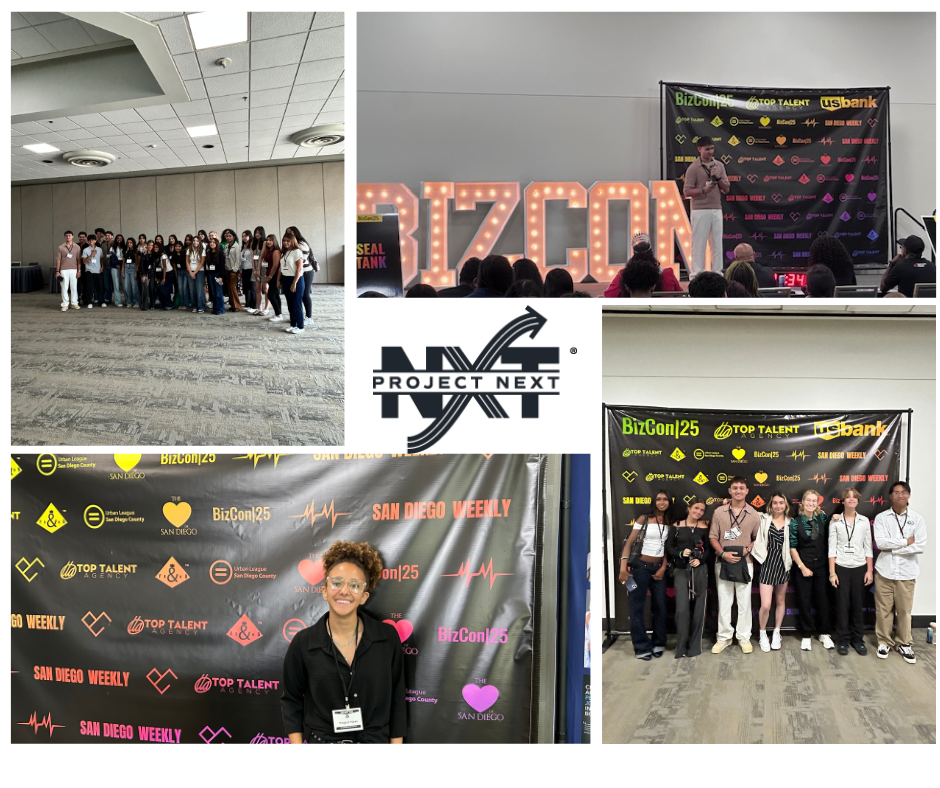STEM Careers: How to Get Involved Early and Succeed
Opportunities in Science, Technology, Engineering, and Math for High School Students
If you are interested in science, technology, engineering, or math (STEM), you are exploring one of the fastest-growing and most exciting career fields today. STEM careers are in high demand, offering competitive salaries, job security, and opportunities to make a real difference. From designing sustainable energy systems to developing medical breakthroughs to creating new technologies, STEM professionals are shaping the future.
But how can high school students start preparing now for success in STEM? The answer lies in getting involved early, building skills, and seeking opportunities to explore these fields.
Why STEM Careers Are Worth Considering
- High Demand and Job Security
According to the U.S. Bureau of Labor Statistics, STEM occupations are projected to grow faster than average over the next decade. Employers need skilled problem solvers who can keep up with advances in technology and science. - Competitive Salaries
STEM careers often come with strong earning potential. Engineering, computer science, and healthcare roles consistently rank among the top-paying professions. - Diverse Career Options
STEM covers various fields including biology, computer programming, aerospace engineering, robotics, environmental science, and data analysis. This diversity gives students plenty of options to explore. - Making a Difference
Many STEM careers contribute to solving global challenges like climate change, medical care, and clean energy.
How to Get Involved in STEM Early
1. Take Challenging STEM Classes
Enroll in advanced math, science, and technology courses at your school. Classes like AP Biology, AP Physics, Computer Science, or Engineering electives will give you a head start.
2. Join STEM Clubs and Competitions
- Robotics clubs, coding clubs, or science fairs are excellent ways to apply classroom learning in real-world projects.
- Competitions such as Science Olympiad, Mathletes, or FIRST Robotics offer both experience and recognition.
3. Seek Out Internships or Job Shadowing
High school students can sometimes intern at local labs, hospitals, or technology companies. Even shadowing a professional for a day can give you a clearer picture of what a STEM career looks like.
4. Take Advantage of Online Learning
Free and low-cost online courses from platforms like Khan Academy, Coursera, or MIT OpenCourseWare can deepen your coding, chemistry, or statistics knowledge.
5. Look for Summer Programs and Camps
Universities and nonprofits often host summer camps focused on engineering, coding, or science research. These programs are great for meeting mentors and peers with similar interests.
Building Skills for STEM Success
In addition to technical knowledge, STEM careers require strong transferable skills:
- Problem-Solving: Practice tackling complex problems step by step.
- Critical Thinking: Learn to question assumptions and analyze information carefully.
- Collaboration: STEM work often happens in teams, so cooperating and sharing ideas is key.
- Creativity: Many STEM breakthroughs come from innovative thinking.
- Communication: Explaining technical ideas clearly is just as important as mastering them.
Next Steps for Students Interested in STEM
- Talk to your counselor or teachers about STEM-related classes and extracurricular activities.
- Connect with mentors in your community, such as engineers, doctors, or scientists who are willing to share advice.
- Explore career pathways through resources like My Next Move or CareerOneStop.
Final Thoughts: Start Now, Succeed Later
You don’t have to wait until college to start your STEM journey. By getting involved in classes, clubs, internships, and self-learning opportunities, you can begin building the foundation for a successful and rewarding career today.
STEM is more than just a career choice; it’s a way to engage with the world, solve problems, and shape the future. The possibilities are endless if you’re curious, motivated, and ready to learn.










